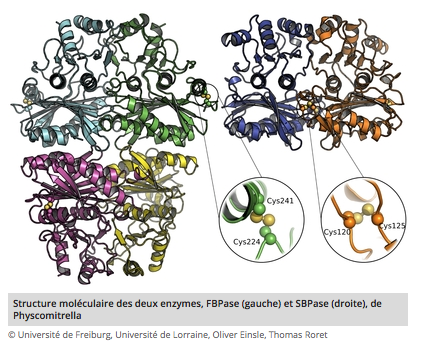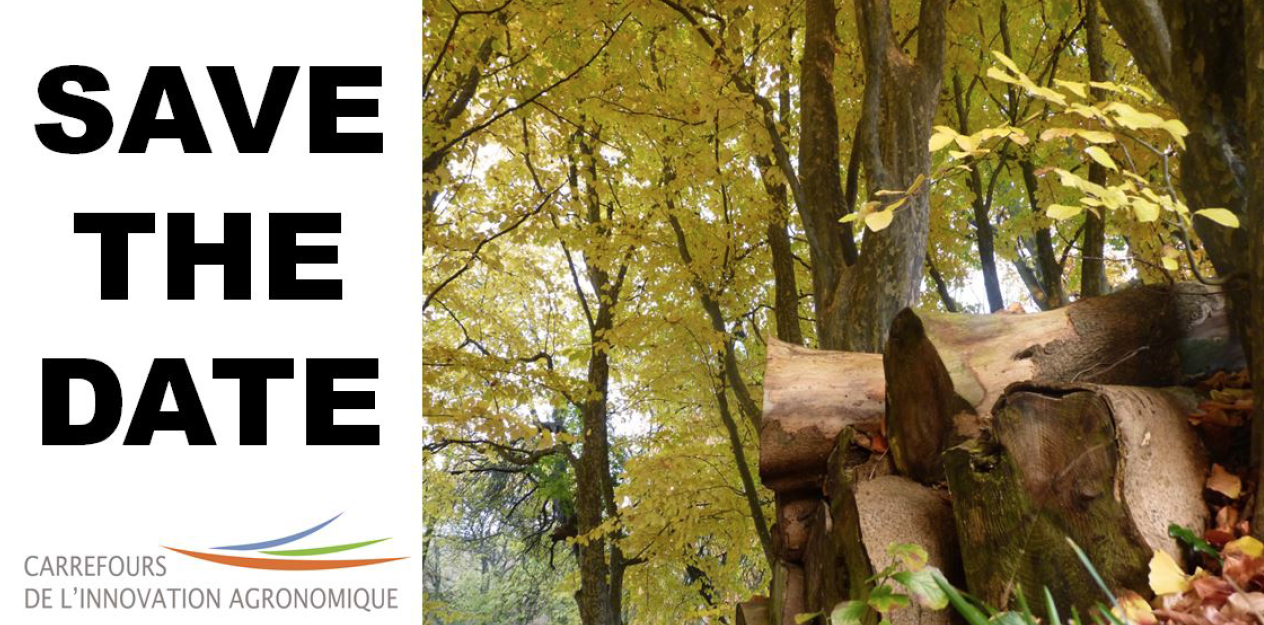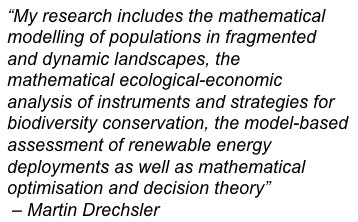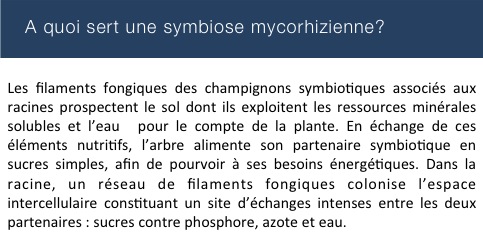
Les origines inattendues de la photosynthèse
La conversion de la lumière du soleil en énergie chimique, un processus nommé photosynthèse, est l’un des plus importants processus biologiques sur Terre. Une équipe internationale de chercheurs associant l’Université de Lorraine et l’Inra, ainsi que les universités de Freiburg (Allemagne) et de Berkeley (Etats-Unis), a mis en évidence les origines inattendues de ce processus. Utilisant la mousse Physcomitrella patens comme modèle, les chercheurs ont montré qu’au cours de l’évolution, des organismes appartenant à deux domaines du vivant ont contribué à la mise en place du système biologique permettant la fixation du CO2. Ce résultat, publié dans la revue Proceedings of the National Academy of Sciences of the United States of America (PNAS), est l’aboutissement de travaux initiés il y a plus de quarante ans.
Réalisée par les végétaux terrestres, les algues et certaines bactéries, la photosynthèse oxygénique entraîne la libération d’oxygène ainsi que la fixation de dioxyde de carbone (CO2). Le CO2 ainsi fixé est utilisé pour la synthèse de sucres. La photosynthèse est à l’origine de l’essentiel de l’énergie et de la matière organique sur Terre. Elle joue aussi un rôle clé dans le maintien constant du taux d’oxygène et dans la réduction de la teneur en CO2, un important gaz à effet de serre, dans l’atmosphère terrestre.
 Dans les cellules des plantes, la fixation du CO2 est réalisée par certaines enzymes. L’efficacité de fixation du CO2 conditionne notamment les rendements agronomiques. Deux de ces enzymes, la fructose-1,6-bisphosphatase (ou FBPase) et la sédoheptulose-bisphosphatase (ou SBPase), sont étudiées depuis plus de quarante ans. Grâce à des analyses biochimiques et génétiques réalisées chez la mousse Physcomitrella patens, les chercheurs ont mis en évidence au cours de cette étude leur structure moléculaire et leur mode d’action, et ils ont retracé l’évolution du système photosynthétique.
Dans les cellules des plantes, la fixation du CO2 est réalisée par certaines enzymes. L’efficacité de fixation du CO2 conditionne notamment les rendements agronomiques. Deux de ces enzymes, la fructose-1,6-bisphosphatase (ou FBPase) et la sédoheptulose-bisphosphatase (ou SBPase), sont étudiées depuis plus de quarante ans. Grâce à des analyses biochimiques et génétiques réalisées chez la mousse Physcomitrella patens, les chercheurs ont mis en évidence au cours de cette étude leur structure moléculaire et leur mode d’action, et ils ont retracé l’évolution du système photosynthétique.
Étonnamment, les deux enzymes isolées à partir de la mousse sont assez similaires dans leur mode d’action mais elles sont issues d’organismes appartenant à deux domaines du vivant différents. En effet, l’analyse de l’origine des deux gènes codant pour ces enzymes indique que l’une provient de bactéries non photosynthétiques et l’autre d’organismes ancestraux appelés Archées. Ces résultats apportent ainsi des informations inattendues sur l’origine des systèmes photosynthétiques qui se révèlent reposer sur un assemblage de gènes acquis à partir d’organismes plus primitifs qui ne sont pas eux-mêmes photosynthétiques, puis adaptés au fonctionnement très particulier des organismes pratiquant la photosynthèse oxygénique. Ces travaux permettent ainsi d’améliorer les connaissances sur le fonctionnement et la régulation de la photosynthèse et sur le contrôle de la productivité végétale.
____________________________
Les résultats rapportés dans cette étude proviennent principalement d’une coopération entre l’unité mixte de recherche Inra-Université de Lorraine « Interactions Arbres-Microorganismes » et les laboratoires de Plant Biotechnology de la Faculté de Biologie, et de Biochimie de la faculté Chimie et Pharmacie de l’Université de Freiburg. D’autres coopérations ont été effectuées avec un laboratoire de l’Institut de Biologie Physico-chimique (IBPC) à Paris et le département de Plant and Microbial Biology de l’Université de Californie à Berkeley.
Cet article correspond en grande partie au travail de thèse de Désirée Gütle effectué en co-tutelle entre Nancy et Freiburg avec l’aide, du côté français, d’une bourse du ministère chargé de la recherche et du Labex ARBRE, et du côté allemand de l’Initiative d’Excellence de la République Fédérale d’Allemagne incluant les structures SGCBM, BIOSS, FRIAS de Freiburg et l’Université franco-allemande.


 ________________________________________________________
________________________________________________________


















